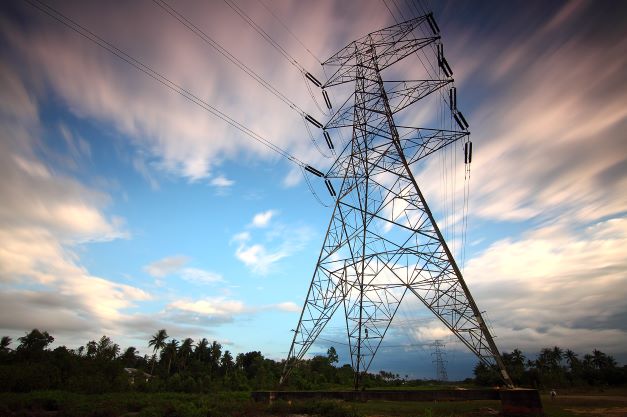- February 21, 2022
- Posted by: Admin
- Category: Developers, Utilities

The US electricity transmission infrastructure needs improvement. Economical projects take years to make it through the transmission queues. PJM announced in early February 2022 that it was pausing new interconnections (for 2 years) to work through a back-log that is 500 days for 33% of the proposed new capacity and to allow time to advance a new interconnection process. Critically, can we expand the grid prudently, intelligently, economically and in a timely manner that most benefits consumers?
2021 saw the passage of the US Infrastructure funding law. This continues efforts that have been growing over recent past years to expand and improve the US transmission infrastructure. The US DOE states, in a December 2021 press release, that 70% of the current power lines, transformers and other related infrastructure are 25+ years old and to accommodate customers, the grid needs to be expanded by 60% by 2030 and perhaps as much as 3X by 2050.
DOE has dubbed the effort, “Building a Better Grid” and began in January 2022 a major recruiting effort to staff up and tackle a number of important issues including: engaging and building early collaborations with states, utilities and other stakeholders, enhanced transmission planning, streamline permitting, using $20 billion of federal funds to further key projects, new technologies, and better utility incentives among a few of the key topics. FERC also began a transmission infrastructure push with an effort in 2020 to review rate of return incentives and to encourage broader interaction with states. The second NARUC and FERC meeting is planned for early 2022 to help deal with state benefits, joint incentives and right of way issues necessary for new transmission lines. FERC also has reviewed improved line ratings involving seasonal factors or Dynamic Line Ratings (DLR) that take current and projected weather conditions into account in using lines versus static line ratings which are in common use. All of these efforts show progress in the right direction to improve the grid. The tasks will clearly be challenging as the industry accommodates a vast amount of new resource requests while ensuring reliability and protecting existing investments.
Distributed Energy Resources (“DER”) have also risen in importance and DERs may help avoid some transmission and distribution upgrades. Berkeley Labs in December 2021 published (“Opportunities and Challenges to Capturing Distributed Battery Value via Retail Utility Rates and Programs”) a look at batteries in local grids and the potential for improvement is substantial. They cite, based on 2020 EIA data, that 94% of utilities’ retail offerings are fixed price and do not vary by time of use or real time prices. At the same time, DOE believes 60% of retail customers have smart meters and can accommodate time-of-use metering. This gap reflects a large potential capability to allow retail customers to make prudent time of use purchasing decisions as well as operate battery or DER resources that help utilities lower peak use constraints. Taken together these improvements in batteries and DERs, coupled with time-of-day pricing can avoid a number of unneeded transmission or distribution builds.
The key question is, can the US integrate DERs, time-of-use rates, new T&D, and other resources together in a framework that is prudent, smart and in the best financial interest for US customers. If we can then the economic rewards for US citizens will be substantial and the US will be able to compete with very competitive international parties as well as enjoy a higher standard of living.